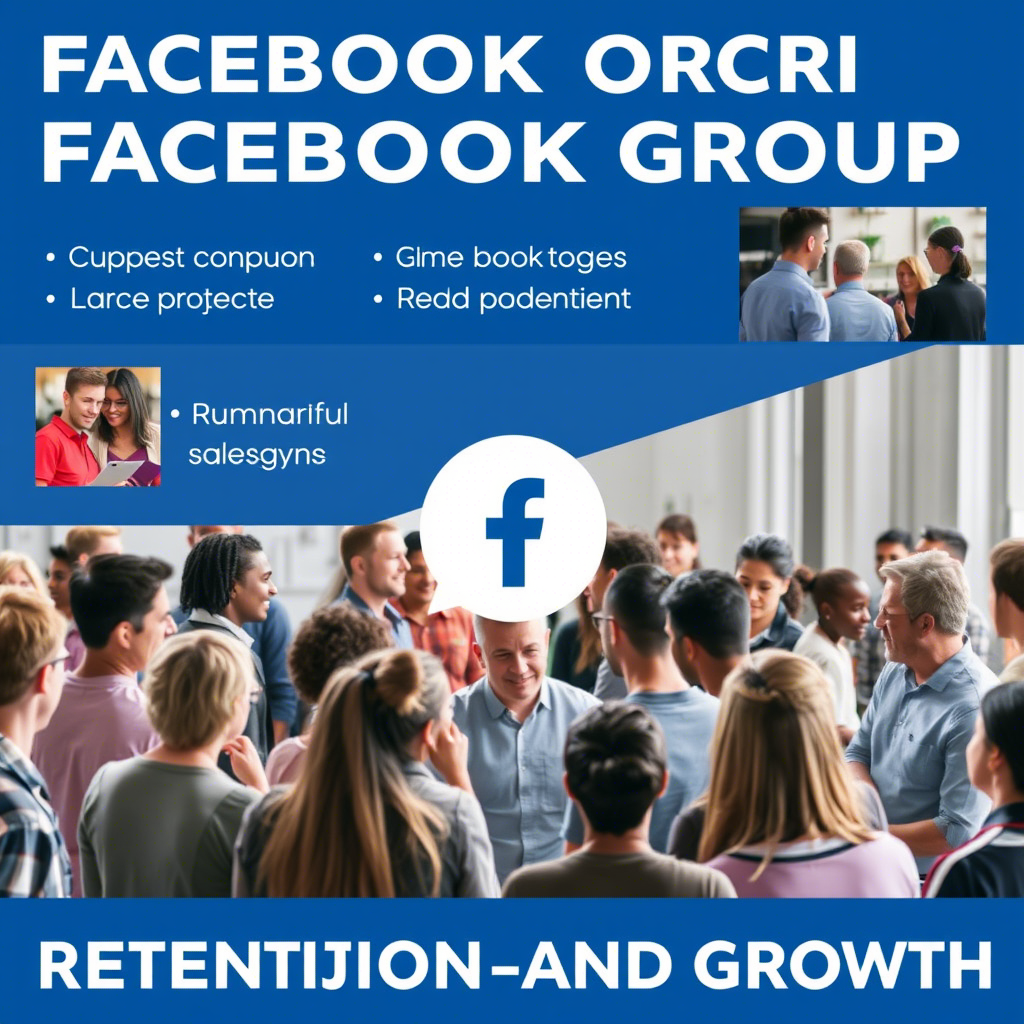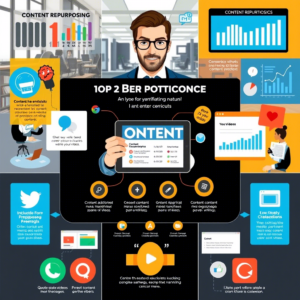In today’s digital age, businesses are constantly searching for ways to connect with their audience in meaningful ways. One powerful yet often overlooked tool is Facebook Groups. These online communities can transform how you engage with customers, foster loyalty, and even drive sales.
Imagine a space where your brand isn’t just selling products but building relationships, solving problems, and creating value. Sounds appealing, right? In this article, we’ll explore how leveraging Facebook Groups can help you grow your business by strengthening customer retention and boosting revenue.
Whether you’re a small entrepreneur or part of a larger company, these strategies will equip you with actionable insights to build a thriving community.
Let’s dive into five key steps that will show you why Facebook Groups should be an integral part of your marketing strategy—and how to make them work for you.
1. Why Facebook Groups Are Essential for Modern Businesses
Facebook Groups have evolved from casual hangouts to dynamic platforms for engagement. They provide a unique opportunity to create personalized interactions with your audience. Unlike traditional ads or social media posts, groups allow you to establish trust over time through consistent communication.
According to Facebook, there are over 1.8 billion people actively participating in groups worldwide. This statistic alone highlights the potential reach and impact of such communities.
For instance, if you run an e-commerce store selling handmade jewelry, a group could serve as a platform for showcasing new designs, sharing customer testimonials, and offering exclusive deals—all while fostering a sense of belonging among members
By focusing on relationship-building rather than direct selling, you position yourself as a trusted advisor rather than just another vendor. This approach not only increases customer satisfaction but also drives long-term loyalty.
2. Creating Value Through Engagement
Once you’ve set up your group, it’s crucial to focus on delivering value consistently. Start by understanding what motivates your audience. Do they seek advice, inspiration, or discounts? Tailoring content to meet their needs ensures higher participation rates.
For example, a fitness coach might host weekly Q&A sessions, share workout tips, or post motivational stories. Such activities keep members engaged and reinforce the idea that being part of the group offers tangible benefits. Additionally, encourage discussions by asking open-ended questions like “What challenges do you face when sticking to a healthy diet?” or “Share your success story here!”
Another effective tactic is gamification. Introduce challenges, contests, or rewards programs within the group. A skincare brand, for instance, could launch a “30-Day Glow Challenge” where participants document their progress using specific products. Not only does this promote product usage, but it also generates user-generated content that enhances credibility.
Remember, the more interactive and valuable your group feels, the stronger its influence on driving conversions.
3. Balancing Promotion with Relationship-Building
While promoting your products is important, overdoing it can alienate your audience. Striking the right balance between self-promotion and genuine connection is key. Think of your Facebook Group as a two-way street: while you offer solutions, listen to feedback and incorporate it into your offerings.
Consider adopting an 80/20 rule—80% of your content focuses on education, entertainment, or support, while 20% promotes your products or services. This ratio helps maintain authenticity and prevents the group from feeling like a sales pitch factory.
To illustrate, let’s say you own a tech startup specializing in project management tools. Instead of constantly pushing features, share case studies, tutorials, or industry trends. When members see the value in your expertise, they’re more likely to invest in your paid offerings.
Moreover, use personal anecdotes or behind-the-scenes glimpses to humanize your brand. People buy from those they know, like, and trust—and storytelling plays a vital role in achieving that.
4. Leveraging Analytics to Optimize Performance
Data-driven decisions are critical to maximizing the effectiveness of your Facebook Group. Regularly review metrics such as member activity levels, top-performing posts, and conversion rates. Facebook Insights provides detailed reports that reveal which types of content resonate most with your audience.
Based on these insights, refine your strategy accordingly. If video tutorials perform better than text-based updates, prioritize producing more videos. Similarly, analyze peak engagement times to schedule posts strategically.
Additionally, track external impacts, such as whether group participation correlates with increased website traffic or sales. Tools like Google Analytics can help bridge this gap, providing a comprehensive view of your overall performance.
Finally, don’t shy away from experimenting. Test different formats, themes, or calls-to-action (CTAs) to discover what works best for your audience. Remember, optimization is an ongoing process!
5. Inspiring Growth Through Community Leadership
A successful Facebook Group isn’t built overnight—it requires dedication, consistency, and leadership. As the administrator, your role extends beyond managing rules; you must inspire and empower members to contribute meaningfully. Encourage collaboration by highlighting active participants, featuring their achievements, or inviting guest speakers who align with your mission.
Take Pat Flynn of Smart Passive Income as an example. His Facebook Group fosters camaraderie among aspiring entrepreneurs by facilitating peer learning and mentorship opportunities. Members feel supported, motivated, and invested in the collective success of the community.
Ultimately, aim to cultivate a culture of mutual respect and growth. By doing so, you’ll transform your group into a hub of innovation and advocacy. Who knows? Your members may become your biggest advocates, spreading the word about your brand organically.
Conclusion
Building a strong Facebook Group takes effort, but the rewards far outweigh the investment. From enhancing customer relationships to driving sales and retention, these communities offer unparalleled opportunities for growth. By prioritizing value, balancing promotion, leveraging data, and inspiring leadership, you can create a space that resonates deeply with your audience.
So, what’s stopping you? Take the first step today by setting up your group and inviting your customers to join. Share your experiences, ask questions, and stay committed to nurturing this vibrant community. Together, let’s turn connections into conversions and loyalty into lasting partnerships.
Before you go, tell us—how do you plan to implement these strategies in your own Facebook Group? We’d love to hear your thoughts below!




